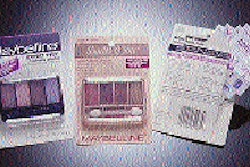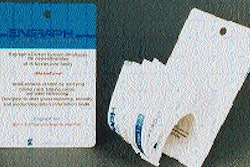Gerner, president of Packaging Coordinators, presented his remarks in a panel on packaging in healthcare. Ten percent of hospital admissions and 23% of admissions to nursing homes are traceable to improper medication use. Unit-dose packaging, or what Gerner calls compliance packaging, is his suggestion to help solve the problem. Packages that are marked for daily consumption, like oral contraceptives, can help people keep track of dosages. This type of package can be designed to help monitor the product, using blister packaging for product integrity and provide treatment instructions in easily-readable type. Combining unit-dose packages and scannable bar codes will allow hospital computers to serve as "an informational bridge" between doctor, nurse and patient. It can quickly indicate if the right medication is selected, in the right dosage, and that the drug won't interact with other medications. Gerner has been an officer of the Healthcare Compliance Packaging Council, a group that strongly promotes unit-dose packaging.
Packaging can be weapon against medication mistakes
Some 342 people die each day because of mistakes in taking medication, Dan Gerner told the annual meeting of the Drug, Chemical & Allied Trades last fall.
Dec 31, 1994
Companies in this press-release
Machinery Basics
Researched List: Engineering Services Firms
Looking for engineering services? Our curated list features 100+ companies specializing in civil, process, structural, and electrical engineering. Many also offer construction, design, and architecture services. Download to access company names, markets served, key services, contact information, and more!
Download Now
Annual Outlook Report: Sustainability
The road ahead for CPGs in 2025 and beyond—Packaging World editors review key findings from a survey of 88 brand owners, CPG, and FMCG readers.
Download Now
Downloads























